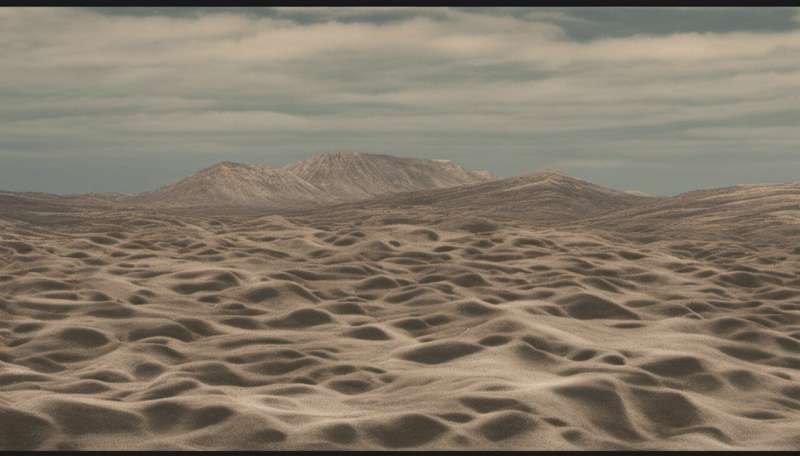COVID-19 be damned! From prehistory to daily behavior, why we break physical distancing rules

Why do people continue to ignore physical distancing guidelines during the COVID-19 pandemic, despite caution from experts that doing so endangers the health of others?
Humans are referred to as social animals. It's human nature to feel the desire to be physically near others. Ever since the dawn of humankind, there has been strength in numbers through some form of a social network.
We humans and our ancestors have been social creatures since the Stone Age. Several studies show that hunter-gatherers formed groups because it was more efficient for them to locate enough food for survival together. By not acting alone, they were able to keep animal or human threats away much more effectively.
Other studies reveal that over the course of our evolutionary cycle, we have formed very sophisticated societies. This was done to accomplish two things: survive, and improve our lives. We have always relied heavily on one another to survive. However, unlike prehistoric times, today we rely on people all over the world to perform different functions that are key to getting by. "Our society is such that we have a division of labor, and a more complex whole world than even the smartest among us could possibly understand. Each of us understands a small sliver of the world, and the rest is socially acquired," Michael Muthukrishna, an assistant professor of economic psychology at the London School of Economics and Political Science told CNN. "It's what we call the illusion of explanatory depths—we assume we understand how the world works, but really we have a very poor understanding of most things. We're happy to trust in the people who do."
Behavioural decisions behind unnecessary contact
Behaviour also has a major role to play in ignoring physical distancing. One notable example is cognitive bias, a systematic error in thinking that influences the decisions and judgments people make. "In ambiguous situations, people look for social cues from others," Baruch Fischhoff, a professor at Carnegie Mellon University's Department of Engineering and Public Policy and the Institute for Politics and Strategy who researches human judgment and decision-making, told "The Atlantic." "You say, "Well, if other people are doing it, maybe they know something about whether this is an acceptable risk.'"
Present bias is a key psychological factor that greatly contributes to staying home and avoiding close contact. A Psychology Today article explains: "A present-biased person will place too much weight on present costs and benefits and too little on the future ones. They attach lower value to health-promoting activities, such as prevention and treatment that would lead to long-term benefits."
"Thus, public health campaigns stressing the long-term benefits of adhering to social distancing would be unlikely to succeed if intended recipients of such information are present-biased. Present bias raises concerns for public officials since individuals' decisions might have consequences for others." The magazine continues: "The future (e.g., two weeks) is a long way off, particularly if there are appealing temptations (socializing with friends) in front of them right now. This becomes more difficult when there is no foreseeable end to the restriction."





















